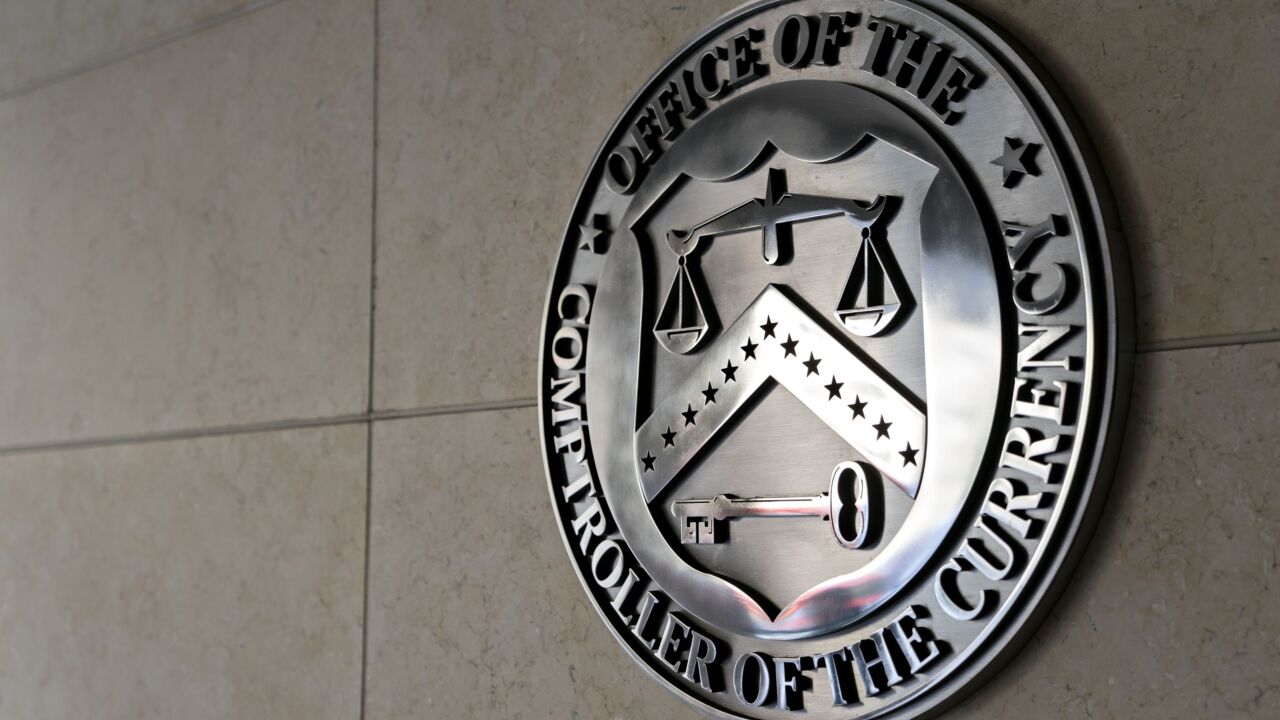Residential mortgage-backed securities offerings prior to 2008 gave rise to an abundance of litigation, some of which continues to this day. There may be reason to anticipate an increase in commercial mortgage-backed securities litigation in the wake of COVID. If such an uptick develops, RMBS cases offer some guidance as to how key issues in CMBS suits may be resolved by courts. Here is a brief overview of some of those issues.
What remedies are available to a plaintiff?
One of the two most sought-after remedies in RMBS litigation has been repurchase of a loan or loans alleged to be in breach. At least one federal circuit court of appeals has found that a plaintiff cannot obtain repurchase of an extinguished loan, but there are also several conflicting opinions. The other remedy most frequently pursued by plaintiffs has been indemnification. Courts have split on the question of whether that remedy is different from the remedy of repurchase. Whether indemnification provides any additional value to a plaintiff can depend upon whether the contract treats indemnification as a “mere remedy” or as a “standalone cause of action.”
CMBS plaintiffs will need to review their contracts carefully to determine what remedies are available. One particular point to pay attention to is whether the contract includes a plaintiff-friendly catch-all clause (e.g., “and all other remedies available at law or in equity"), or instead, a defendant-friendly limitation of remedies to only those expressly listed (typically cure, repurchase and indemnification).
When does the statute of limitations start to run?
In several cases litigated in the last decade, defendants successfully argued that the limitations period began running at the moment the loans changed hands, because the applicable representations and warranties were made only through the sale date. The district court judges in those cases — subsequently affirmed on appeal by the Tenth Circuit Court of Appeals — rejected the plaintiffs’ argument that the statute did not begin running until the plaintiffs decided to seek a remedy (repurchase or indemnification) against the sellers.
In late 2018, the New York State high court definitively ruled that contractual repurchase claims accrue on the date the loan is sold, with rare exceptions. In 2019, the Second Circuit Court of Appeals found that a plaintiff’s “indemnification” claims were indistinguishable from a breach of contract claim and should receive similar treatment for purposes of the statute of limitations — in other words, the claims were time-barred. However, several other courts have concluded that contractual indemnification claims did not begin to accrue until the plaintiff had incurred liability to a third party.
The statute of limitations defense might be relevant to CMBS trusts created many years ago or claims focused on particular loans originated many years ago. In such circumstances, any alleged breaches of the trust formation agreements, or as to the loans themselves, may be deemed to have occurred at that much earlier time, so a defendant may be able to contend that a statute of limitations defense applies. Conversely, plaintiffs seeking the remedy of contractual indemnification may find courts less receptive to a defendant's statute of limitations argument.
What constitutes compensable loss/damage?
Another hot topic of dispute in RMBS litigation has been what constitutes a compensable “loss.” The question became what amount of loss was actually “damages” for which a defendant should pay. Again, contractual language was often key: most, if not all, contracts required investors/trustees to prove that any breach “materially and adversely affected” the interests of the investor. What constituted a “material and adverse effect” often hinged on the type of plaintiff and the governing law under the contract.
New York trial courts found that an insurer did not have to prove actual loss under the statute, but instead only an increased risk of loss. In contrast, if the plaintiff was not an insurer (usually an investor or trustee), the plaintiff typically had to prove actual loss.
In the CMBS context, parties should first determine whether the “material adverse effect” language is present in their contracts, which might determine what constitutes a compensable loss. Likewise, many representations and warranties in the RMBS world are qualified, such that only “material” breaches trigger liability. Parties should pay particular attention to the representations and warranties in CMBS agreements. Many technical breaches might not be material, and even many nontechnical breaches may not have caused any real damage.





